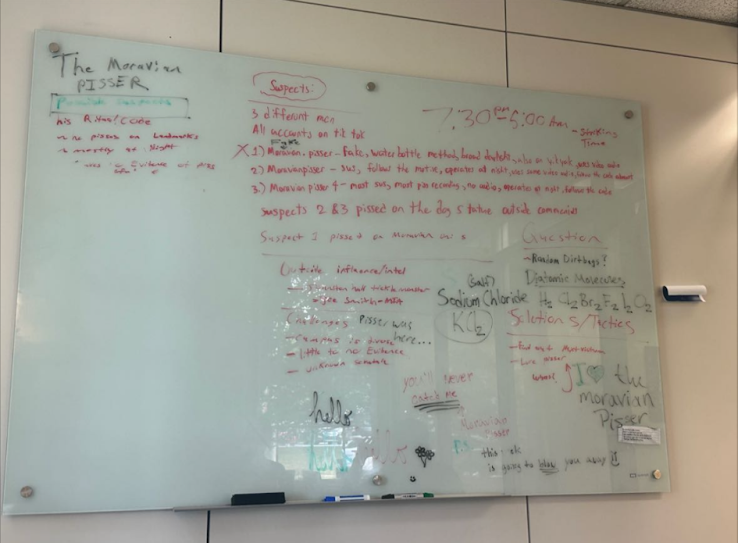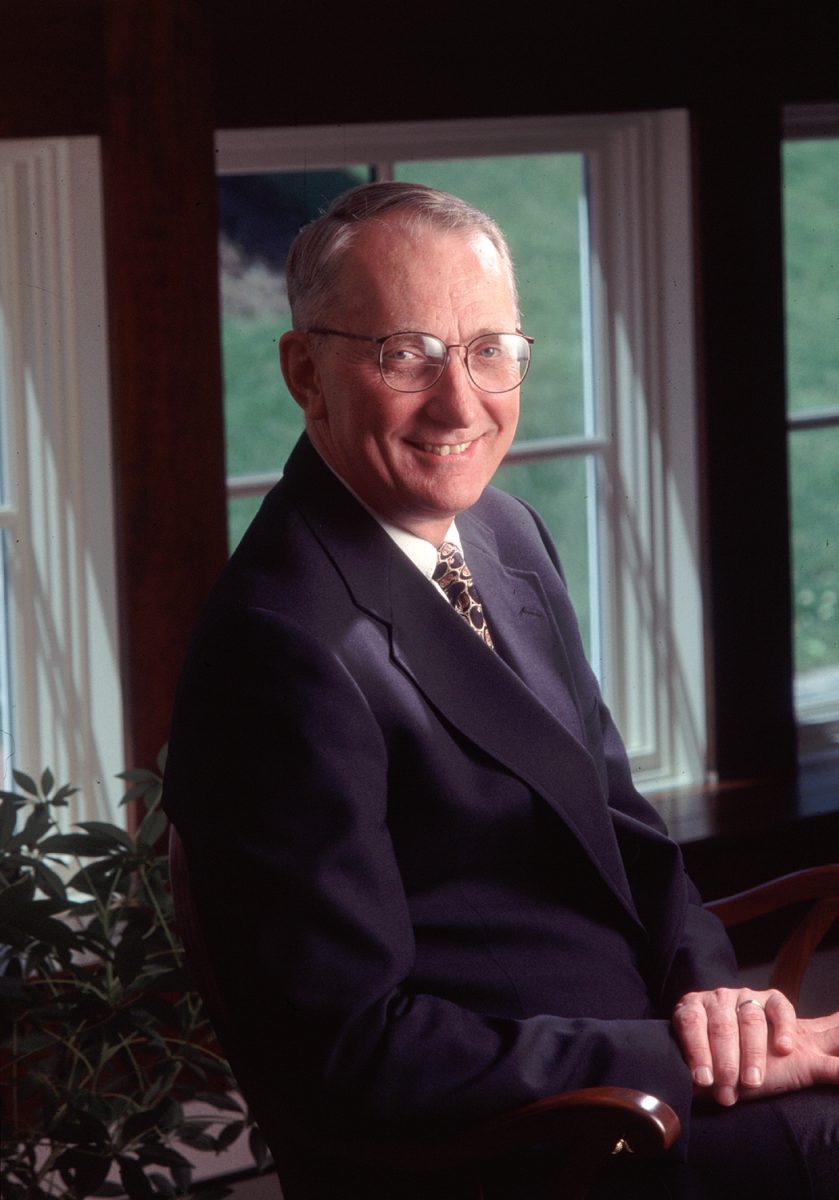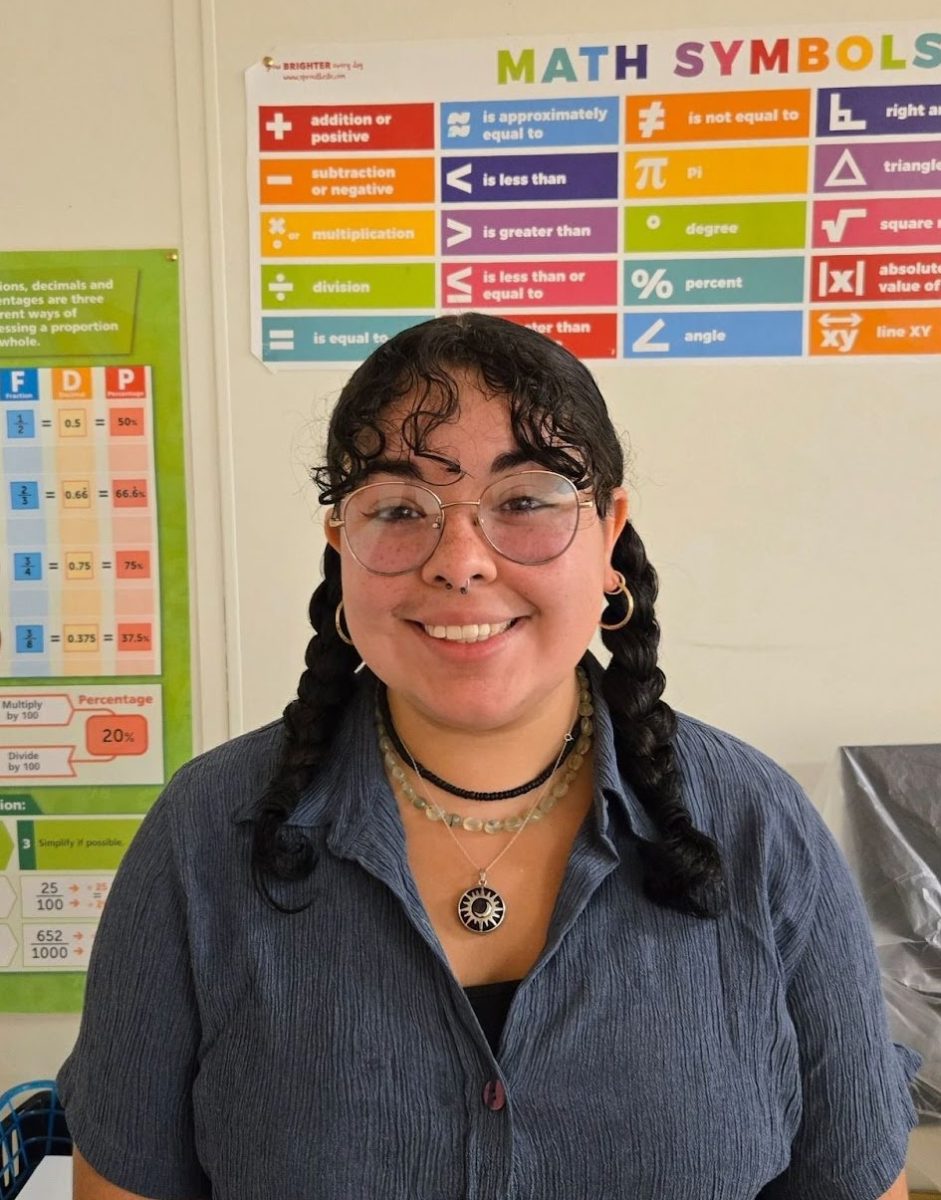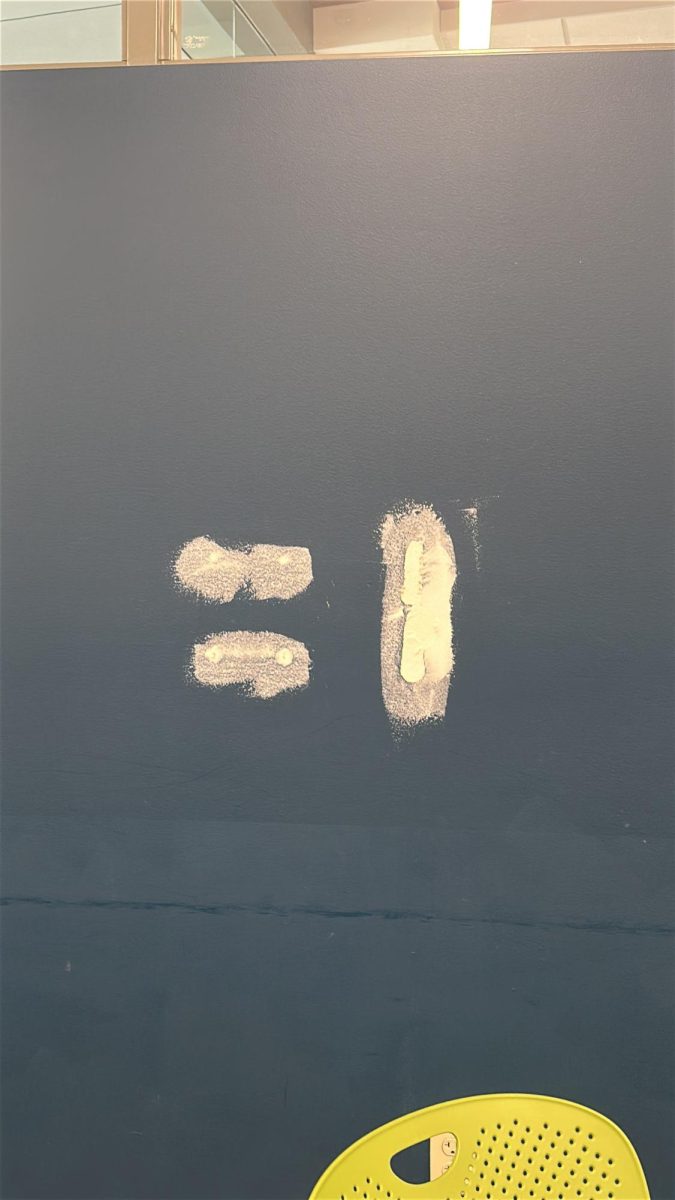Over the January term of 1977, you may have heard tinkering coming from the basement of Zinzendorf Hall, seen some empty whiskey barrels converted into tables, or students cleaning the basement of Zinzendorf Hall, which was in disrepair. This basement, entitled “The Pub,” later came to serve … beer?
That’s right! Well, kinda. After its grand opening, The Pub may not have served alcohol on a consistent basis. However, private parties could bring their own alcoholic beverages for events, and students could sometimes get permission to drink there (which they needed to do, as Pennsylvania’s legal drinking age was – and continues to be – 21).
The Birth of “The Pub”
The Pub was the result of a student-founded initiative that hoped to provide a social area for all students and faculty to hang out in a more intimate setting than the Haupert Union Building (HUB). Students’ proposals for The Pub started as early as 1975 when USG asked students to write letters to President Herman Collier requesting an all-purpose space where students could hang out, host musical performances, and celebrate birthday parties.
“The HUB was great, but lacked the intimacy of a pub-like experience,” recalled Dan McCabe , who was USG vice president at the time. As one student put it in The Comenian op-ed section in the Sept 30, 1976 edition: “What the students are looking for is not just another location to hang out in, but one where the environment creates a more relaxed, informal atmosphere.”
Robert “Doc” Windolph, who was then Dean of Student Life, found a space in the basement of Zinzendorf Hall and said the students could use it if they helped to “renovate” it. Before it became a student lounge, the basement of Zinzendorf was used as a dining area for students. Freshmen dined in the basement for their evening meals, and upperclassmen dined on the main floor.
According to alumnus John McKeown ‘60, who later became the director of admissions, students had a proctor for their meals, and “were required to wear a white shirt, tie, and sports jacket.”
During these lessons, the dinner proctor taught table manners, polite behavior at a semi-formal table arrangement, how to conduct appropriate conversations, and other types of civilized conduct. Before every meal, the students said grace, usually the Moravian Church one. This practice continued until the HUB was built.
“Alcohol on campus or a bar anywhere would have been heresy!” McKeown said. “Keep in mind that North Campus was all male from 10 p.m. until 8 a.m. when classes began. Women dined and lived on South Campus. It was a different world back then.”
USG chipped into the renovation effort, allotting $3300 for installation costs, such as fixing the lighting and providing a stereo system. The result was “The Pub,” which opened on Feb. 3, 1977. “[Organizing The Pub] was an all-out effort and an act of love for many of us,” McCabe said, even if the space did not consistently serve alcoholic beverages.
And the first event? A “We Love Doc” party. The students who helped prepare and manage The Pub, with Windolph’s help, organized a celebration to thank him for the space and his sponsorship, but mostly for being such a supportive person for many of the students, according to McCabe.
Transitioning from The Pub to The Doghouse
Interest in The Pub waxed and waned. In 1988, it was rebranded as The Doghouse, the name chosen to commemorate the school’s mascot, the greyhound, but also in reference to the structure of the outside entrance to the basement, which is reminiscent of a traditional Doghouse. And, according to the Doghouse’s student manager at the time, the name conveyed a particular atmosphere that was more welcoming to students.
Moravian community members were often seen frequenting some events in the Doghouse. During the early and mid-1980s, it was more common for students to attend social events with staff and faculty. Greek Life regularly held mixers where the faculty and staff would come and attend, in hopes of demonstrating how responsible adults act in social situations. President Bryon Grigsby ’90 was a sophomore at Moravian when The Doghouse opened, and he recalled holding some Dead Poet’s Society Meetings and Poetry Slams there when he was the president of the Zinzendorf Literary Society.
“This activity still occurs in England where the faculty have a mixer with the students prior to a talk and then a dinner at high table,” Grigsby said. “With the increase in drinking age for college students [in the 1970s with New Jersey and New York], all of this type of activity went away along with having a ‘college bar.’”
During Grigsby’s undergraduate years at Moravian, there was a movement by the administration to have more alcohol-free events as more states were moving to a 21-year-old drinking age. The Star, which was named differently at the time, would regularly be converted to “Two Left Feet” on Friday and Saturday, which was an alcohol-free dance club. At the same time, the Doghouse could be used by clubs, athletic teams, Greek Life, movie nights, and other events; it was a place to hang out that was larger than the dorm common areas. Grigsby also recalled watch parties for sporting events being held in the Doghouse, such as a viewing of the Final Four.
Although Grisgby doesn’t remember hearing that “The Pub” ever explicitly served alcohol, large groups of students in a club, sport, or dorm were able to get permission to have and serve beer at the time.
When alcohol was served it was served to those of age; however, as one alum notes, diligence in checking ages at the time was not what it is today.
The Doghouse was originally a student-run club. It planned to be open five to six days a week and offer entertainment ranging from live performances from students and outside artists to study breaks, Monday night football, movies, and specialty nights that catered food from local places such as Potts’ Doggie Shop and Third Street Chicken and Ribs. The space could also be rented for a small fee, about $3 an hour, to host events.
The menu for regular hours included Ben & Jerry’s ice cream and specialty sandwiches. The Doghouse became a regular location for hosting events, averaging about two a week in the early 80s. There was a stage where bands could play or poets could perform, and the space was available for all students to use.
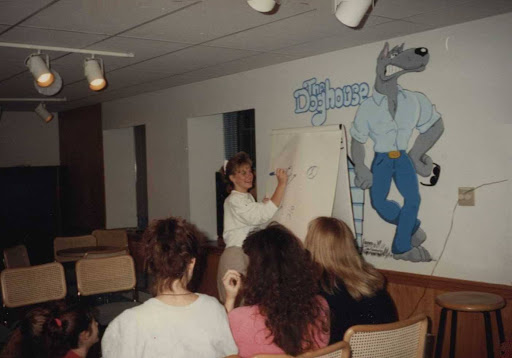
The Rebirth of The Doghouse
Use of The Doghouse fizzled, until 2016, when it was again renovated by USG to serve as an intimate student space. Alcohol still cannot be served there, but, could it ever function as a true pub, again?
Well, right now, it doesn’t seem like that is in any capital plan. As for an actual pub, the closest Moravian students have is the Lost Tavern Brewery, located on Main Street closer to South Campus, or, the occasional event that serves wine through Moravian catering, such as Seniors’ 100 Days Until Graduation.
But, the concept of an on-campus bar is not completely strange. Marquette University has had its share of on-campus bars that students and faculty frequented, along with RIT, UW Wisconsin, and the Grad Center Bar at Brown University, among many others.
But for now, the Doghouse will continue to act as the casual atmosphere for student club events, and every generation of students seems to add their unique touch to the atmosphere. According to the Doghouse renting rules, no alcohol is allowed to be served there unless the alcohol is provided by Catering services, with someone available to check the IDs of of-age students. See the sidebar for more information on the potential future of students drinking on campus at Moravian.
SIDEBAR: Moravian’s Push to Lower the Drinking Age
President Grisby feels that some aspects of campus life could be adapted to appeal today’s students.
“I would love for our government to reconsider an 18-year-old wine and beer allowance like most other countries,” he explained. “The reason for the 21 drinking age was related to drinking and driving. But in today’s age, there are so many more options for not drinking and driving–Uber, Lift, etc., — that I think we should reconsider it.”
Moravian University is among the many institutions that have signed the Amethyst Initiative, which essentially asks the government to reduce the drinking age to 18 to align more closely with the American definition of adulthood, while also encouraging smart drinking habits.
Some of the suggestions of the Amethyst Initiative include “issuing drinking learner permits to qualified adults aged 18 to 20 … similar to driving learner permits, allowing adults serving in the armed forces to consume alcoholic beverages under certain conditions, allowing states to develop their own programs to reduce alcohol abuse without penalizing them by reducing their highway funding, lowering the drinking age to 18, 19 or 20.”
“I think we could then have more regular socials where faculty and students model appropriate adult behaviors,” said Grigsby. “These mixers could occur before speakers, like they do in England and other countries, or could simply be stand-alone events like we used to have.”
The Amethyst Initiative has been signed by over 100 higher education presidents, including many LVAIC members such as Lafayette College, Muhlenberg College, Cedar Crest College, as well as other institutions, including Johns Hopkins University, Tufts University, and Vermont Law School.
“Twenty-one is inconsistent with the prevailing definition of adulthood (18), and is already widely ignored by young people,” President Peyton R. Helm of Muhlenberg College said. “Current law drives young people to drink secretly and dangerously. Strict enforcement simply drives the behavior further underground, where it becomes even more risky.”
He also points out that “18-year-olds are allowed to vote, join the military, buy property, and assume other roles of adulthood, so they should be allowed to consume alcohol.”




